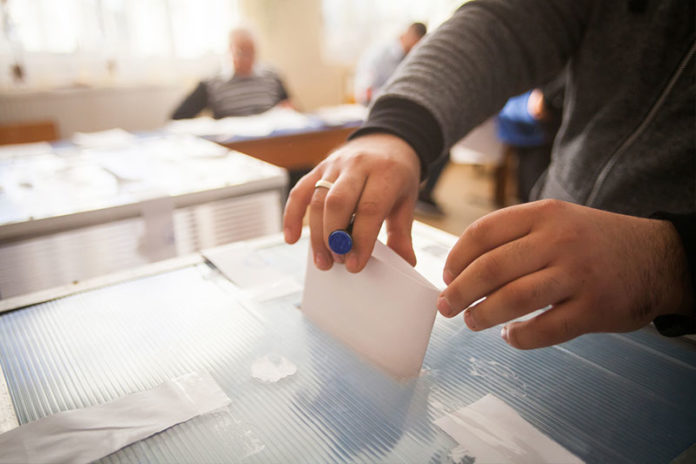On Wednesday, the Supreme Court heard oral arguments in the case Husted v A. Philip Randolph Institute, challenging the automatic elimination of non-eligible voters from the rolls. This case will test the court’s wilingness to uphold fair and honest elections.
Ohio regularly purges its voter rolls of those who are not eligible to vote, for the self-evident reason that they are NOT eligible to vote. This means that fake voters are eliminated, alongside people who have died or moved out of Ohio – and thus would be ineliigibel to vote in state elections.
The procedure to identify the ineligibility of a voter in Ohio State is conditional either on two scenarios, using the National Address Change Database or by a “Supplementary process.”
The legal charges brought by the A. Philip Randolph Institute concern the “supplementary process.” Currently the law requires the board of elections in Ohio to compile a list of all registered voters in the state who have not voted in at least two years. Upon the release of this list, a notification to the flagged individuals is sent, so that they can re-up their registration. If the notified individuals vote within the next 4 years, or send their notices back (confirming their information), they will not be added. However, if they fail to act within this generous 4-year window, they are removed from the voter roll, requiring them re-register to vote. But come on, registering to vote is a simple process, and those that cannot care to, or don’t have the mental horsepower to go through the simple process probably shouldn’t be getting a say in our government anyway.
The problem that arises is that if the supplementary process is in violation of the National Voter Registration Act (NVRA) and the Help America Vote Act (HAVA), along with all the federal laws that are followed to regulate the electoral processes. The NVRA is designed in a way that balances all the competing interests, with the intentions to “increase the number of eligible citizens who register to vote” all the while to “ensure that accurate and current voter registration rolls are maintained.” As per the critics, the supplementary process is more inclined toward the second goal while compromising the first goal.
The Counsel for those challenging the law, the excluded Ohio citizen Larry Harmon, the Ohio Coalition for the Homeless; and the Randolph Institute are of the point that Ohio’s notification process is in violation with the NVRA and is clarified by the HAVA amendment that makes it necessary for the individual voters to not be removed “by reason of the person’s failure to vote.” The Harmon and Company further claim that the process filtering the Ohioans on the basis of their voting activity is violating the sections and is illegal.
However, the lawyers who are siding with Ohio Secretary of State, Jon Husted are of the point that the process does not include the elimination or removal by the reason of failure to vote. They said that the critical factor actually is that whether or not the voters are responding to the notices being sent to them. The failure to respond to the notice is what causes removal from the list.





























